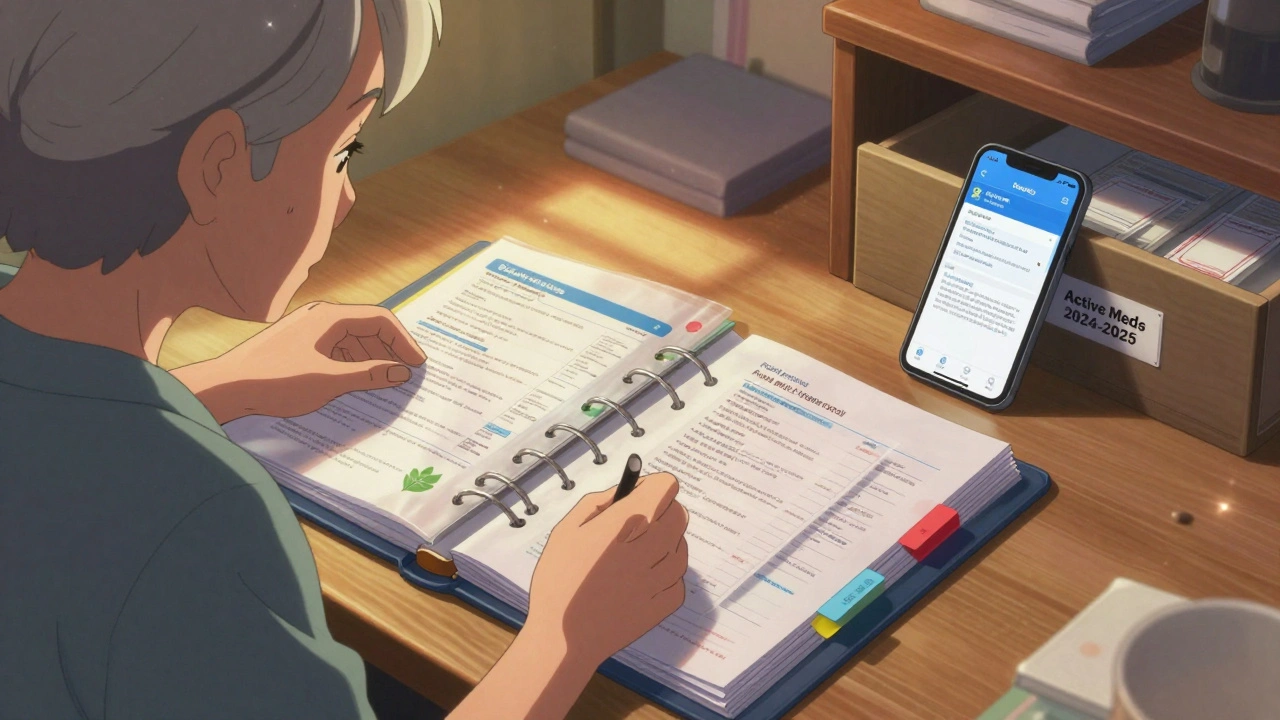Genealogy and Ancestry: Simple Steps to Find Your Roots
Curious about where your family came from? Genealogy and ancestry research can feel big, but small simple steps uncover real answers. Start by asking older relatives what they remember - names, towns, nicknames, jobs. Even a casual detail like a grandmother's hometown can point you to records.
Gather basic documents first: birth, marriage, and death certificates, old letters, photos with notes, military papers and immigration records. A clear file with dates and places makes searches faster. Scan or photograph each item so you have backups and can share them with relatives or online trees.
Quick steps to start
1) Make a list of known relatives and put them in a basic family tree. 2) Check free online resources like FamilySearch and national archives for census and civil records. 3) Search local newspapers for obituaries and announcements - they often reveal parents and siblings. 4) Visit or contact local libraries, churches, or town halls where records were kept. Small towns often have rich, local collections not digitized.
Keep a research log: what you searched, where, and what you found. That prevents repeating work and helps others follow your trail. Cite every source so you know which facts come from a document and which come from family memory.
Using DNA smartly
DNA testing speeds things up but use it with a plan. Autosomal tests (from companies like AncestryDNA, 23andMe, MyHeritage) find cousins across many lines and give ethnicity estimates. Y-DNA traces male-line surnames and mtDNA traces maternal lines, useful if you hit a paper record dead end. Expect surprises - ethnicity percentages change over time and cousin matches need genealogy to connect the dots.
When you get matches, message close matches politely and share what you know. Compare family trees and shared DNA segments if the platform allows it. Use chromosome browsers or shared match tools to narrow how you connect. If you find a pattern of matches from one region, focus record searches in that area.
Don't rely on looks alone. Physical traits - like the freckles discussed in our post about types of freckles and ancestry - can hint at heritage but aren't proof. Genetics is messy: the same trait can appear across different groups. Treat physical clues as leads, not answers.
Join online groups, local genealogy societies, or Facebook communities for help. Volunteer archives or paid researchers can access records behind paywalls or in foreign languages. Lastly, be patient. Every small record builds a clearer picture. With organized notes, smart DNA use, and local records, you'll make steady progress tracing your family story.
Use simple tools: a spreadsheet and a cloud folder. Label files with person and year. Back up regularly. If you travel, photograph tombstones and local records - take notes about handwriting and columns. Translate documents with online tools or hire a translator for tricky scripts. Record interviews: audio or video capture dates and who is speaking. These little habits save time and keep your tree reliable today.
The different types of freckles and what they can reveal about your ancestry
In my latest blog post, I discuss the various types of freckles and how they can provide insights into our ancestry. By understanding the differences between ephelides, lentigines, and other freckle types, we can learn more about our genetic heritage. It's fascinating to discover how certain freckles are more common in specific ethnic groups, offering clues about our roots. I invite you to read more about this intriguing topic and explore the connection between freckles and ancestry. So, come join me on this journey of uncovering the stories behind the spots on our skin!






